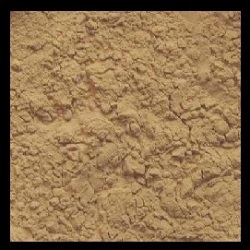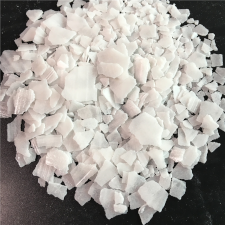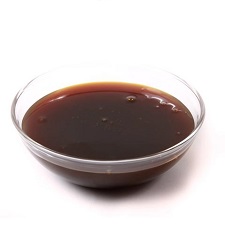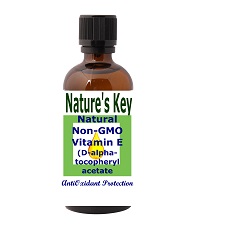Description
European licorice or Glycyrrhiza glabra is a traditional medicinal plant that has been used for thousands of years. The English name licorice is derived from ‘liquiritia’, a corruption of its ancient name Glycyrrhiza, which now serves as the scientific name of the plant’s genus whose name is derived from the Greek: ‘glukos’ meaning sweet and ‘riza’ meaning root. The Greek philosopher Theophrastus chronicled licorice root as having a sweet fl avor, and noted it as useful for “asthma, dry cough and all diseases of the lungs”.
Though native to Sicily, cultivation of licorice spread throughout Europe and its popularity has endured the ages. In 1305, Edward the First of England placed a tax on licorice imports to finance the repair of the London Bridge. It has also been said that Napoleon Bonaparte was such a fan of licorice that he chewed enough of the root to turn his teeth black. Although the plant grows small blue flowers and green leaves, it is the brown root of the plant that is most commonly used. The roots are either sold dry, or processed into sticks that are approximately 1 inch in diameter and 6 or 7 inches long. They can be chewed to impart the sweet flavor. Licorice root itself has a very sweet, musty flavor, rather than the ‘anise’ flavor we have come to associate with licorice.
Licorice root bark typically contains glycyrrhizin which is a potassium or calcium salt of glycyrrhizinic acid. Glycyrrhizin (Glycyrrhizinic acid) is an extremely sweet glycoside that foams in water. It is said to be 50 to 200 times sweeter than sugar, hence the sweet taste associated with licorice root. Glycyrrhizinic acid is a glycoside of a pentacyclic triterpene carboxylic acid, and it functions as a whitener, which may gently lighten the skin. As a cosmeceutical, licorice also acts as an anti-inflammatory agent, which can help sooth irritated inflamed epithelium.
Licorice root powder is a fine brown powder with the natural and mild pleasing aroma of licorice. It may improve the appearance of irritated skin, which is often dry, red and inflamed. The soothing effects of Licorice Extract Powder may alleviate the hyperpigmentation associated with epidermal inflammation. Licorice Extract Powder may also be useful for creating a more even complexion when skin is blotchy and uneven by gently lightening the skin for a more even appearance.
Precautions
For External Use Only
The above information is for general research purposes only and is not a representation or warranty of any kind. This material is not intended to diagnose, treat, cure or prevent any disease. The user of this material is solely responsible for determining fitness for any particular use; requesting and reviewing the applicable Material Safety Data Sheet; and compliance with all applicable laws and regulations. Terms and conditions apply





What others are saying
There are no contributions yet.